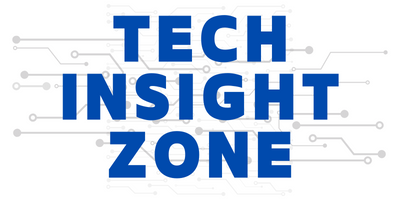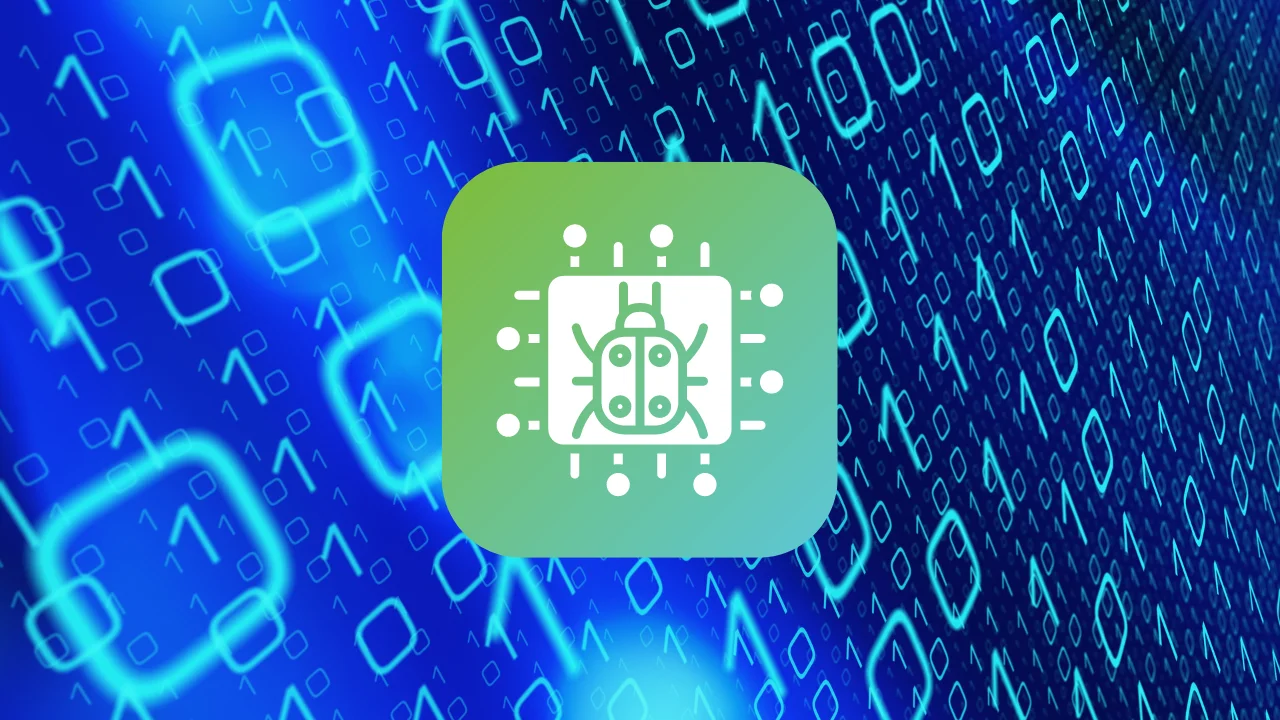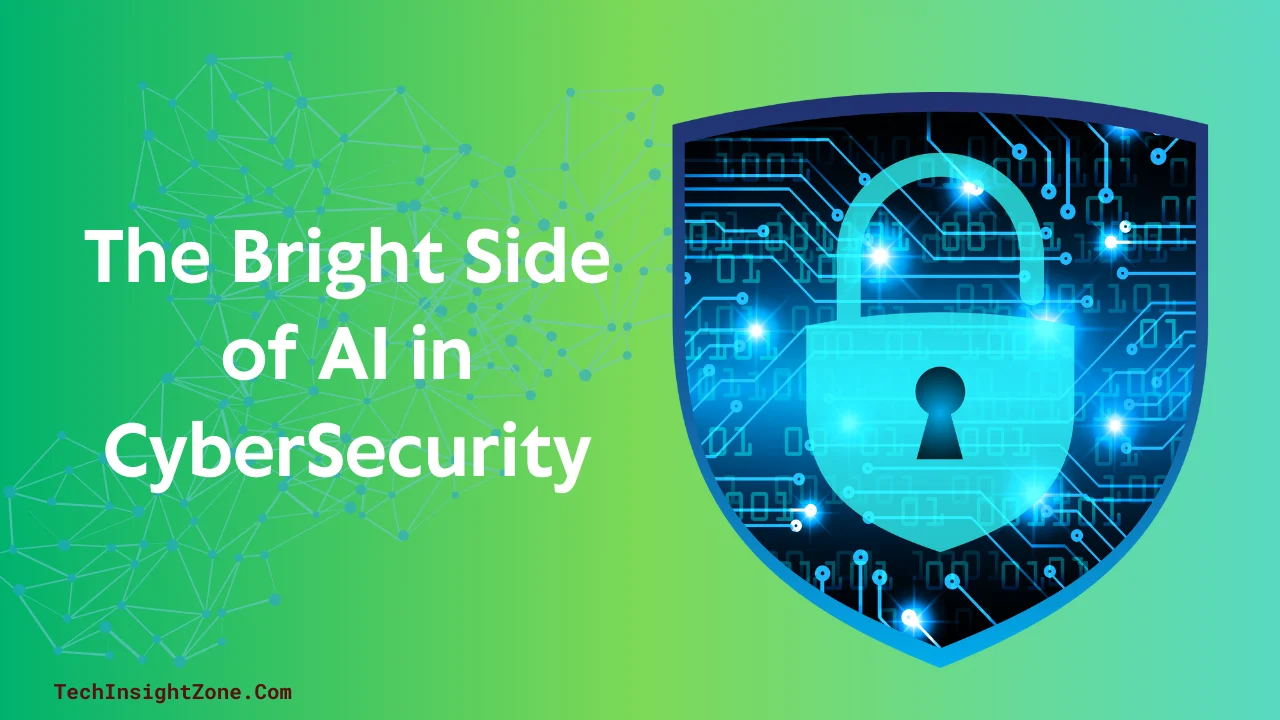The digital landscape has evolved into a battlefield where victories are measured in stolen data and disrupted lives. Cyberattacks, once limited to fiction, now dominate headlines, affecting individuals, businesses, and even nations.
As artificial intelligence (AI) becomes integral to modern society, its potential misuse in cyberattacks is a pressing concern. This article delves into how AI can be weaponized for cybercrime and how it can fortify cybersecurity defenses.
The Dark Side of AI: How It Could Be Weaponized
1. Phishing Attacks
Phishing attacks have been one of the most common forms of cybercrime for years. Traditionally, these attacks often fail due to poor language or the obvious use of unconvincing, generic details. For example, phishing emails might have misspellings, awkward phrases, or mismatched names, making them easy for users to spot.
However, with the advent of AI, phishing emails can now be generated with natural-sounding language and personalized elements, making them significantly harder to detect. AI tools, like chatbots, can analyze and mimic the style of language used by the recipient’s trusted contacts, further elevating the potential for deception.
The most alarming aspect of AI-driven phishing attacks is the possibility of bypassing the safeguards built into these chatbots. Cybercriminals can use sophisticated techniques like re-engineering prompts to evade the built-in protective measures designed to flag phishing attempts.
These more advanced attacks can result in highly personalized, targeted phishing scams that are nearly indistinguishable from legitimate communications.
Real-World Example: A recent incident highlights the terrifying potential of AI-enhanced phishing. Russian cybercriminals, operating under the group name Killnet, used AI tools to successfully breach NHS systems in the UK. In this case, AI was used to infiltrate sensitive hospital IT systems, exposing tens of thousands of patients’ personal data, including names, dates of birth, and medical information.
Additionally, the hackers encrypted vital data after the NHS refused to pay the ransom, rendering hospital IT systems unusable. This attack serves as a stark reminder of how AI-driven phishing can lead to devastating real-world consequences.
2. Malware Development
Generative AI’s ability to automate tasks is a double-edged sword. On the one hand, it can significantly speed up processes in legitimate applications, but on the other hand, it can be used to create malware at a pace and scale that would be unachievable for human developers.
Traditional malware creation often involves painstaking manual coding, which can take days or even weeks to perfect. However, AI can generate new malware, including ransomware variants and spyware, in mere hours. It can also embed backdoors into otherwise legitimate software, allowing attackers to access systems undetected.
What makes AI-generated malware especially dangerous is its ability to evolve rapidly. Generative AI tools can learn from past attacks, automatically refining their code to exploit newly discovered vulnerabilities. This constant iteration and improvement allow cybercriminals to stay one step ahead of traditional security measures, which often rely on pre-programmed threat databases.
As a result, AI-driven malware can adapt and bypass conventional detection methods, leaving systems vulnerable.
3. Deepfakes and Misinformation
Deepfakes—AI-generated synthetic media that mimic real people—have been gaining attention due to their potential to create highly realistic, yet entirely fake, audio and video content.
The technology behind deepfakes can replicate voices, facial expressions, and mannerisms with uncanny precision, making it difficult for viewers to distinguish between real and fabricated content. While this can be used for harmless entertainment, it also opens up significant risks in the cybersecurity space.
Cybercriminals can use deepfakes to impersonate executives or public figures, convincing victims to act on fraudulent requests. For example, a deepfake could be used to create a video of a CEO asking an employee to transfer large sums of money, or to manipulate a public figure’s voice to spread misinformation during critical moments like elections or crises.
These attacks undermine trust in digital communications and can have widespread consequences.
Moreover, adversaries can manipulate AI models through prompt injections, where attackers feed false data into an AI system to alter its output. This could include generating fake news, influencing automated decisions, or spreading misinformation at scale.
For example, OpenAI’s new AI video model Sora is getting more powerful and can create real-like videos easily. And when these AI models are compromised, they not only become tools for direct cyberattacks but also erode trust in the AI systems themselves.
The challenge of maintaining trustworthy data becomes even more critical in an age where digital information shapes public opinion and decision-making.
4. Jailbroken AI Models
AI models, particularly large language models (LLMs) like OpenAI’s GPT, are increasingly being used in cybersecurity, both for defense and offense. However, they are not impervious to hacking. Hackers, such as the infamous “Plenny the Prompter,” have demonstrated how these AI systems can be “jailbroken.”
Jailbreaking refers to the process of bypassing the safety mechanisms that restrict the functionality of these systems, enabling them to perform actions that were never intended by their creators.
Once jailbroken, AI models can be used to generate highly sophisticated malware, create phishing scripts, or inject malicious code into vulnerable systems. As AI models grow more complex, their internal workings become harder to understand, making it difficult for developers to address vulnerabilities effectively.
Unlike traditional software, which is typically written line by line, AI systems are “trained” on vast datasets and continuously evolve. This makes it significantly harder to patch vulnerabilities, and, as a result, jailbroken AI models can quickly adapt and exploit new weaknesses.
While white-hat hackers (ethical hackers) work to expose these vulnerabilities, the reality is that the potential for misuse is immense. With every breakthrough in AI capabilities, there are also new risks that must be addressed.
As Plenny and other hackers have shown, even the most advanced AI systems can be compromised, with potentially catastrophic consequences for businesses, governments, and individuals alike.
Industry Warning:
The UK’s AI Safety Institute reported that all major language models tested were susceptible to jailbreak attacks, indicating that even top-tier AI systems remain vulnerable.
While AI has the potential to be weaponized for malicious purposes, it also offers significant advantages in the realm of cybersecurity. By leveraging AI’s capabilities, businesses and organizations can enhance their ability to prevent, detect, and respond to cyber threats.
Here’s a closer look at how AI can be used to strengthen cybersecurity:
The Bright Side of AI: Strengthening Cybersecurity
1. Reducing the Cost of Data Breaches
Data breaches can be devastating for organizations, both financially and reputationally. The average cost of a data breach is around $4.45 million, according to a recent report by IBM. However, AI has proven to significantly reduce the time needed to identify and contain breaches, which in turn reduces costs by an average of $1.76 million per breach.
AI-driven tools, such as automated threat detection and response systems, can pinpoint vulnerabilities and suspicious activities in real time, allowing organizations to contain potential breaches before they escalate.
This proactive advantage is invaluable, particularly for businesses facing the financial and reputational fallout of cyberattacks. Faster response times mean lower costs in legal fees, regulatory fines, and customer trust recovery efforts. For organizations, investing in AI-powered cybersecurity tools is not just a defensive measure; it’s a cost-saving strategy that can have a profound impact on the bottom line.
2. Enhancing Threat Detection
AI excels at processing and analyzing massive datasets at speeds and accuracies far beyond human capabilities. In cybersecurity, this means AI can sift through network traffic, system logs, and user behavior patterns to identify anomalies that may indicate a potential threat.
Machine learning models can be trained to spot early warning signs of cyberattacks, such as unusual login attempts, data exfiltration, or malware activity.
What sets AI apart in threat detection is its ability to predict future attack vectors. By analyzing historical data and recognizing patterns, machine learning algorithms can forecast where and how attacks are most likely to occur, enabling organizations to take proactive measures to defend against them.
Example: AI-powered cybersecurity tools can simulate attack scenarios (called red-teaming), allowing cybersecurity teams to test their defenses and anticipate risks. These simulated attacks provide valuable insights into potential vulnerabilities, allowing organizations to implement preventive measures before real-world threats materialize.
By leveraging AI for threat detection, businesses can stay ahead of evolving cybercriminal tactics, reducing their risk exposure.
3. Automating Cyber Defense Playbooks
Incident response is a critical aspect of cybersecurity, but it often involves repetitive tasks like vulnerability scanning, patch management, and log analysis. AI can automate many of these tasks, significantly improving efficiency and freeing up human experts to focus on more complex threats and strategic decision-making.
AI-driven tools can also generate real-time defense playbooks—predefined sets of actions and protocols that guide security teams in responding to specific threats. By automating these playbooks, AI ensures that incident response is both fast and consistent, reducing the risk of human error and ensuring that critical actions are taken without delay.
Additionally, automation allows for continuous monitoring and response. In the event of a security breach, AI can immediately trigger the appropriate playbook, perform initial diagnostics, and even deploy countermeasures, all while the security team focuses on higher-priority issues.
4. AI as a Proactive Force
Traditionally, cybersecurity has been a reactive field, where organizations respond to attacks after they happen. However, the integration of AI into cybersecurity can shift the paradigm from reactive to proactive defense strategies. Instead of waiting for a breach to occur, AI enables organizations to anticipate threats and mitigate risks before they escalate into full-blown incidents.
By leveraging AI’s predictive capabilities, businesses can identify potential attack vectors and deploy preventive measures in advance. AI can also assist in monitoring the evolving threat landscape, providing early warnings for emerging risks, and enabling organizations to adjust their defense strategies accordingly.
This proactive approach to cybersecurity allows businesses to stay one step ahead of cybercriminals and significantly reduce the chances of a successful attack.
However, as organizations increasingly rely on AI for cybersecurity, it’s crucial to strike a balance between harnessing its benefits and addressing the risks. Here are key steps to ensure AI is used responsibly and effectively:
Navigating the Future: Balancing Risks and Rewards
1. Responsible Development
AI systems must be developed with robust safeguards in place to prevent misuse. This includes ensuring that AI models are trained with diverse, unbiased data and incorporating ethical frameworks to guide their design and implementation. Developers, researchers, and policymakers must collaborate to establish these safeguards and continuously review and update them as the technology evolves.
Moreover, ethical considerations should be at the forefront of AI development. It’s essential to ensure that AI tools prioritize privacy, fairness, and transparency to avoid unintended consequences, such as discrimination or bias in decision-making processes.
2. Rigorous Testing
Before AI systems are integrated into critical processes or infrastructure, they must undergo rigorous testing. This includes using anonymized or synthesized data to ensure that systems can handle real-world scenarios without exposing sensitive information.
By testing AI models in controlled environments, businesses can identify and address vulnerabilities before deployment, minimizing the risk of exposing proprietary data or triggering a security breach.
3. Transparency and Accountability
Transparency in AI systems is vital to building trust and ensuring accountability. Organizations must ensure that their AI models are auditable, allowing security teams to trace decisions back to the underlying algorithms and data sources. This transparency not only helps identify potential risks but also fosters confidence among users and stakeholders that the systems are operating as intended.
Additionally, businesses should invest in regular assessments of their AI models to ensure they remain secure and effective over time. Continuous monitoring and updating of AI tools are essential to keeping pace with evolving cyber threats and addressing emerging vulnerabilities.
4. Global Collaboration
Cybersecurity threats transcend national borders, and AI-powered attacks are no exception. To address these challenges effectively, governments, cybersecurity agencies, and private organizations must collaborate on a global scale. Sharing intelligence about new threats, vulnerabilities, and attack techniques will help create a unified approach to combating cybercrime.
Additionally, establishing global standards and protocols for AI in cybersecurity can help ensure that AI systems are used ethically and securely worldwide.
By fostering international collaboration, we can create a more resilient global cybersecurity infrastructure that can respond quickly and effectively to emerging threats.
Final Words: A Call for Vigilance and Innovation
The intersection of AI and cybersecurity presents both enormous opportunities and significant risks. While AI has the potential to revolutionize the way we defend against cyberattacks, it also introduces new vulnerabilities that must be carefully managed.
Organizations must adopt a balanced approach, leveraging AI’s strengths while safeguarding against its potential misuse.
By fostering innovation, collaboration, and ethical practices in the development and deployment of AI, we can ensure that AI remains a tool for progress rather than a weapon of destruction. With vigilance and foresight, we can harness AI’s full potential to strengthen cybersecurity and protect against the growing threats in the digital age.







